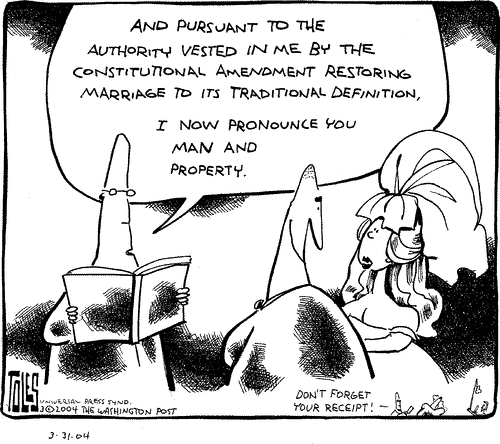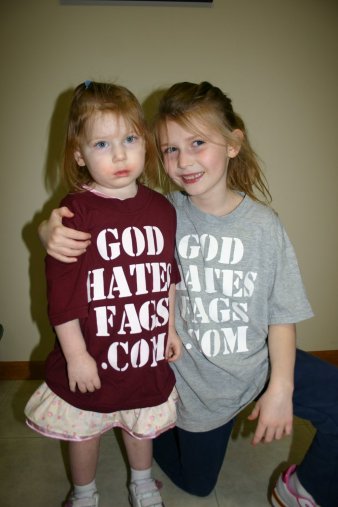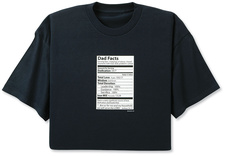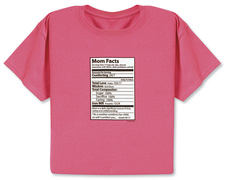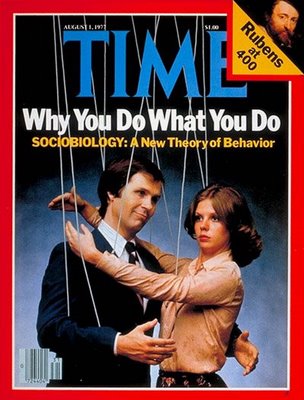In case you hadn’t seen it already, this is the ad that is causing all the hullabaloo about Rachel Ray and Dunkin’ Donuts being in bed with Muslim terrorists (via lawgeek):
The incident might be useful in illustrating the social construction of social problems, moral panic, and racial politics after 911.






